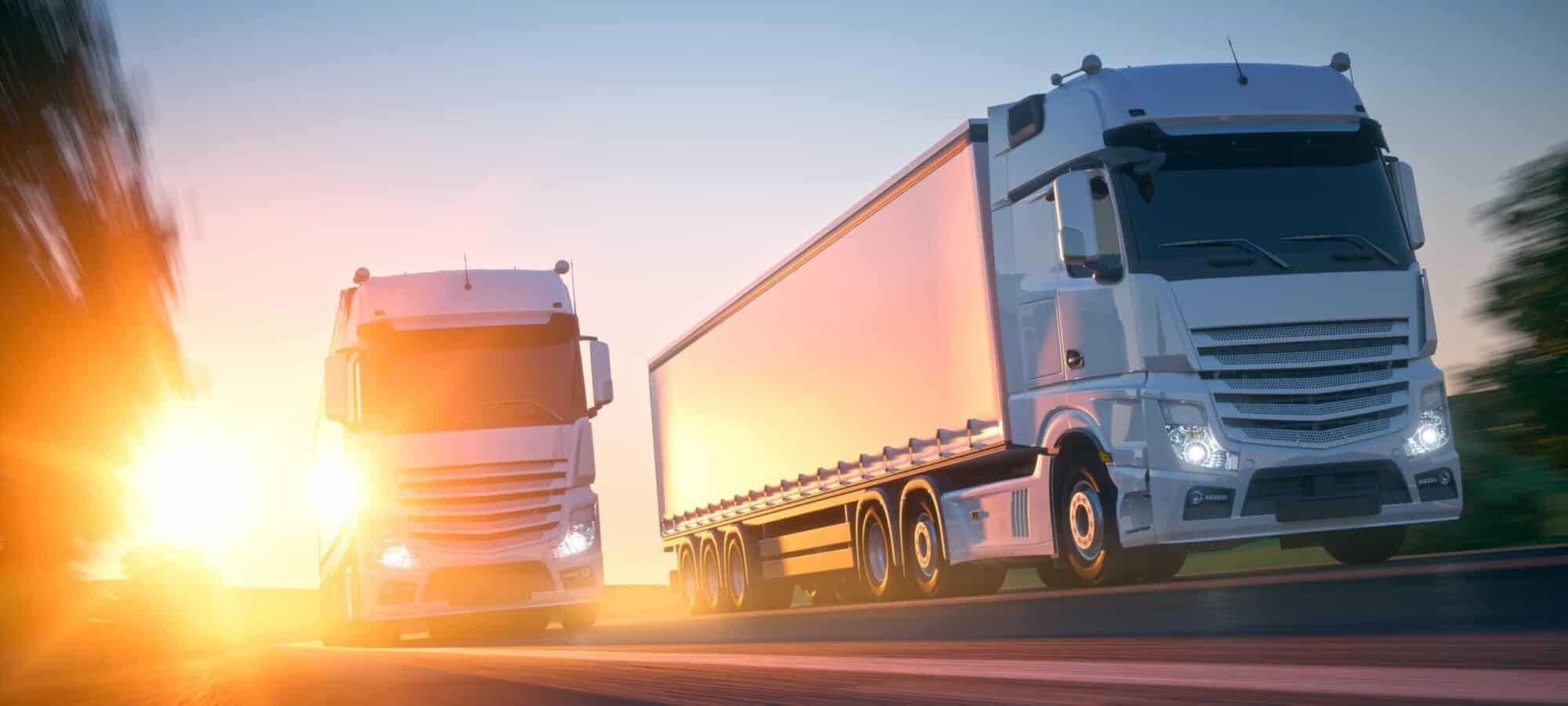Trading and exporting goods to Colombia can be a profitable business, if you are well-prepared for the challenges that may arise. Although the country has emerged as one of the strongest economies in the region, there are still some downsides when it comes to trading and exporting to Colombia, which you should be aware of. With that in mind, here is a Colombia trade & export guide that should prepare you for doing business in this country.
Challenges to Consider when Exporting to Colombia
In Latin America, Colombia is considered the easiest country to do business with. However, this does not mean that there are no obstacles to consider:
- In Colombia, business is done slowly. Deadlines are changed regularly and you should be prepared to wait longer than you have initially planned. The need for extensive bureaucracy also contributes to this issue.
- Standards & Regulations can change frequently. When regulations are changed, relevant parties such as the stakeholders and the World Trade Organization are often not notified. Furthermore, the time period designated for stakeholders to provide an opinion on these changes is often too short.
- Generally, the bidding conditions are not competitive and there is little transparency when it comes to public tenders. Thus, important projects (project management, infrastructure development) remain off-limits to bidders from other countries such as USA, Canada and Europe. The government of Colombia is looking to address this issue in the future by introducing agencies (for example, the one called Colombia Buys Efficiently) and initiatives (Global Procurement Initiative).
- Work in some industries, such as oil and mining, requires an environmental license, which is difficult to obtain. Often, businesses cannot obtain such a license, and if they can, the process is very time-consuming. Moreover, the officials have the right to halt projects if they deem them to be dangerous to the environment.
- Infrastructure related to transport is not well developed and maintained. Specific geography also posits a problem.
Advantages when Exporting to Colombia
Colombia is one of the most open markets in Latin America with eight free trade agreements signed with different regions of the world and thirteen others are in negotiation. Importers and exporters can benefit from favorable conditions and duty-free access to most of the Colombian markets. While there are three tariff levels when it comes to customs duties related to some items, many goods are duty-free due to the different Trade Agreements signed between Colombia and other countries.
The recently firmed US – Colombia Trade Promotion Agreement (TPA) has given to the majority of U.S. made products no import duties at all when entering the country. This especially applies to agricultural products, such as barley, wheat, soybeans, flour, all vegetable and fruit products, wheat, corn, rice, bacon, beef, and dairy products. It is expected that in the next two decades, all agricultural products will be liable to be transported without having to pay the tariffs, while currently, almost 70% of such goods are duty-free.
Many industrial products are also duty-free. These include aircraft and parts related to aircrafts, auto parts, fertilizers, and chemicals related to agriculture, various construction and agriculture equipment, and IT equipment. Industrial products which are currently not duty-free are expected to become so during the next 10 years.
Business Opportunities to Consider when Exporting to Colombia
Trading with and exporting to Colombia can be especially profitable if you focus on one of the following industries:
- Machinery, computers, and other electronics. Industrial and IT equipment, various gadgets and home appliances, and farm machinery are especially sought after in Colombia.
- This market is one of the most lucrative ones of its kind in Latin America.
- Fuel oil, mostly refined plutonium and light crude oil.
- Various products made of plastic.
- Vaccines, drugs, and other pharmaceutical products.
- Industrial work requires organic chemicals, which are in high demand in Colombia.
- As construction and manufacturing are quickly rising, so is the need for steel and iron.
- Barley, wheat, soybeans, corn, and other grains.
Top Exports to Colombia
According to the last available data from the WTO, Colombia imported USD 51.23 billion worth of goods in 2018. The most popular importations to Colombia in 2019 ranked as follows (with percentage of total dollar value indicated).
- Machinery including computers (11.6% of total imports)
- Electrical machinery, equipment (11.1%)
- Vehicles (10.7%)
- Mineral fuels including oil (8.3%)
- Plastics, plastic articles (4.8%)
- Pharmaceuticals (4.4%)
- Organic chemicals (3.8%)
- Cereals (3.4%)
- Optical, technical, medical apparatus (3%)
- Iron, steel (3%)
Import Restrictions and Prohibitions
Colombia trade & export business can be lucrative. But you should know that some items are restricted or prohibited. Colombia officials take these regulations seriously.
Items that are restricted and require a special permit include agricultural and vegetable products, hygiene products, tobacco, medicines (prescription and non-prescription), plant products, plants and seeds, and textile articles.
Furthermore, some items are prohibited. These include alcohol, certain pharmaceutical products and chemicals, used cars, used clothing and accessories, all types of dangerous residue, and other items.
Customs Clearance
Imports:
Customs agents in Colombia can examine the goods and open packages if they believe that there is a justifiable reason to do so. This can cause unexpected delays. Making sure that you possess all the required documentation will lower the chances of delay.
Furthermore, goods which previously weren’t prohibited or restricted can become so, as such changes are far from unordinary. This can easily cause problems and further delays. Weapons and ammunition, explosives, narcotics, and other illegal items are still the primary concern of Colombia’s customs agents.
Exports Clearance:
Before shipping to Colombia, U.S. exporters should be aware that the U.S. Government may prohibit the export of certain products or require an export license. The Bureau of Industry and Security (BIS) licenses most controlled exports. Licenses are required for certain high technology items or technology transfers as well as commercial items which could have military applications.
Classification of Goods and Licenses:
Colombian customs follows the international Harmonized System when classifying imported goods. As well, there are two categories of customs codes: automatic import licenses and non-automatic licenses.
Customs Duties when Exporting to Colombia
GATT (General Agreement of Tariffs and Trade) is used as a method of evaluating the imported items in Colombia. While some goods are not taxed at all, and some are taxed at five percent, 19% VAT is standard in Colombia.
There are three levels of tariffs when it comes to Colombia trade & export. The first one, up to 5%, applies to raw materials, and industrial and capital goods. The second one, 10%, applies to manufactured goods. The third one, between 15 to 20%, applies to sensitive and consumer goods.
Imports Requirements and Documentations
There are several documents you will need to have in order to move goods to and from Colombia. These documents will also need to be translated into Spanish. Furthermore, the requirements are constantly changing and are rather complex. Which is why we recommend contacting an experienced Freight Forwarder shipping to Colombia to help you with the task at hand.
With that said, the following documentation is currently necessary when importing to Colombia:
- Commercial invoice in four copies. The invoice will need to include the number of the certificate of registration of import. The Colombian consignee will assign this number to the exporter. The value in US dollars is also required.
- The certificate of origin on the community form.
- Food and agricultural products require the certificate of non-contamination by radioactivity.
- Vegetables and fruits require the phytosanitary certificate.
- Cosmetics require the certificate of free sale.
Modes of Transportation to and within Colombia
When it comes to shipping to Colombia, the mode of transportation used is mainly ocean. The most important ports being used are Buenaventura, Barranquilla, Cartagena, and Santa Marta.
Within Colombia, road transportation is used in the majority of cases. 69% of all goods shipped within Colombia are transported by roads, 27% by rail, and only 1% by air.
Final Thoughts
Colombia trade & export is a complex topic with plenty of things you need to be aware of, so working with a reliable Freight Forwarder will certainly pay off.
Apart from transporting commercial goods, if you need to relocate to Colombia, the best way to do so is with the help of reliable professionals. That way, you will save plenty of time and nerves that you would have otherwise wasted. So, you should become acquainted with all the steps that finding the adequate service when moving overseas entails.


 LAC Team
LAC Team


